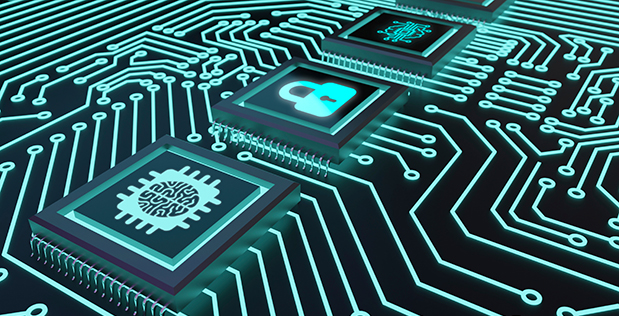
Looking to advance information and communications technologies, the Defense Advanced Research Projects Agency (DARPA) and Semiconductor Research Corporation (SRC) joined other stakeholders this week to launch the Joint University Microelectronics Program 2.0 (JUMP 2.0).
This program will build on the focuses of the original JUMP collaboration, advancing research across seven U.S. university research centers. These efforts will be high-risk, high-reward, meant to ultimately yield improved performance, efficiency, and capabilities throughout various electronics systems. Areas of focus will include:
- Cognition of Artificial Intelligence systems and structures, by the Center for the Co-Design of Cognitive Systems, Georgia Institute of Technology
- Communications and connectivity, by the Center for Ubiquitous Connectivity, Columbia University
- Intelligent sensing capabilities and embedded intelligence, by the Center on Cognitive Multispectral Sensors, Georgia Institute of Technology
- Systems and architecture for energy efficient distributed computing systems, by Evolvable Computing for Next Generation Distributed Computer Systems, University of Illinois Urbana-Champaign
- Intelligent memory and storage systems, by the Center for Processing with Intelligent Storage and Memory, University of California San Diego
- Advanced electric and photonic interconnect fabrics and packaging with integration potential by the Center for Heterogeneous Integration of Micro Electronic Systems, Penn State
- High performance energy efficient devices, by SUPeRior Energy-efficient Materials and dEvices, Cornell University
“JUMP 2.0 builds on a 25-year history of partnership between DARPA, SRC, and industry investing in university research focused on disruptive microelectronics,” Dev Palmer, deputy director of the Microsystems Technology Office and DARPA’s lead for JUMP 2.0, said. “This public-private collaboration enables DARPA to incorporate diverse perspectives to drive research thrusts and leap-ahead advances that help keep the U.S. at the forefront of microelectronics.”
Novel materials, devices, foundations, algorithms, designs, means of integration, and more will all be explored during this research push.




